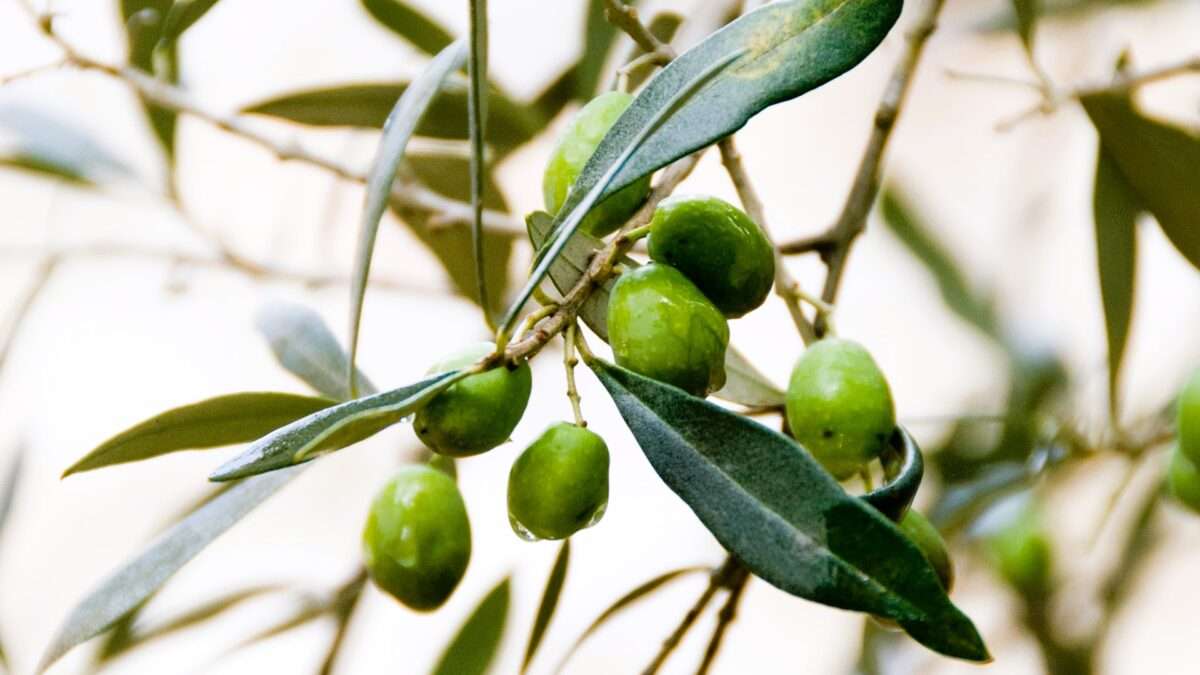Tidying fallen russet and golden leaves from around my potted olive tree was a wonderful reminder of summer holidays. Greece, Italy, Cyprus and Croatia instantly come to mind. Growing singular or in groves, olives are important to many.
I cook with the oil most days, and it’s in several of my favourite bath products. Snacking on the prepared green, purple and black fruit is a mouthwatering experience. Some are enhanced with lemon, spices, garlic or other ingredients. But eating them freshly picked from the wiry branches is a bad idea. I nibbled one on the first occasion I saw them growing wild and instantly spat the flesh into the palm of my hand. Nasty isn’t a strong enough word.
Since then, I’ve discovered they need to be cured in brine so that the intensely bitter compound, oleuropein, can be drawn out over a few weeks until the depth of taste desired has been reached. Although popular in most countries, they are among three basic staples used in Mediterranean cuisine.
Our dear little silver-green-leafed tree has borne fruit, but according to the tag pushed into the pot’s soil, they are inedible. It made me wonder when the edible types are traditionally harvested, and was pleased to see a video clip pop-up coincidentally on a social media page I follow. An aparthotel we stayed at in Tuscany showed nets spread over the ground collecting ripened fruit. Usually, it’s loosened from the branches with poles or rakes throughout autumn to early winter. An ingenious practice, and probably dates back to when the plants were initially cultivated approximately 7,000 years ago.
I’m not a proficient gardener, but olive trees are resilient and can live up to 2,000 years, so I’m hoping the gorgeous specimen gracing our garden will survive. It was a gift and special. Although, I won’t hold my breath but will care for it the best that I can.
The olive tree also has associations with Zeus, Athena and Poseidon in Greek mythology. Another story I remember from my early school days is about the dove holding an olive sprig in its beak on its return to Noah’s Ark. A symbol of peace. It must have fired my imagination because it is still a clear and beautiful image that remains with me today.
Until next time – peace and happiness,
Sue. X

